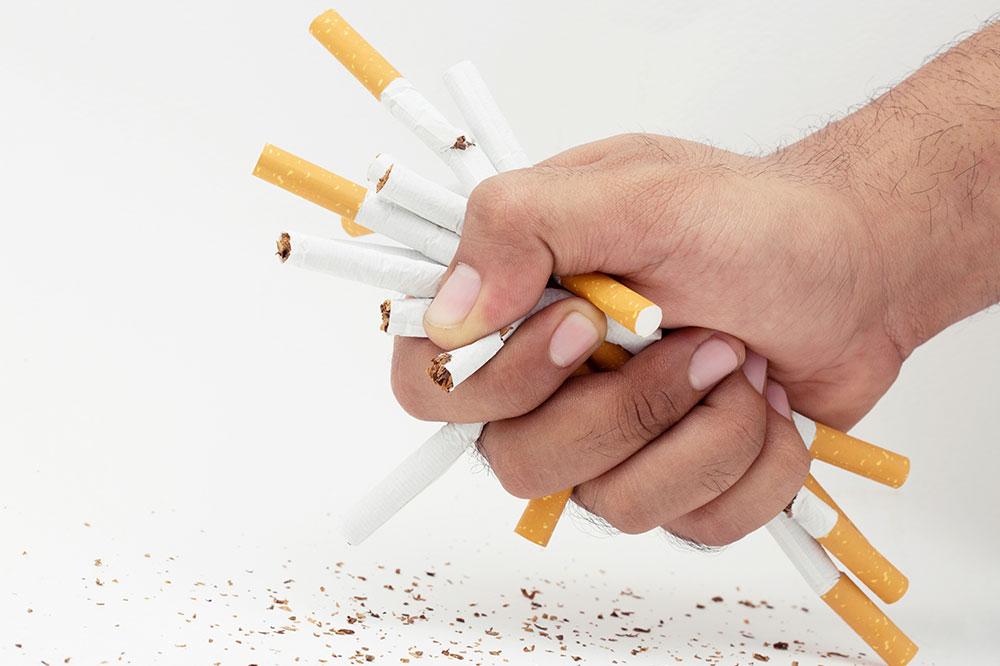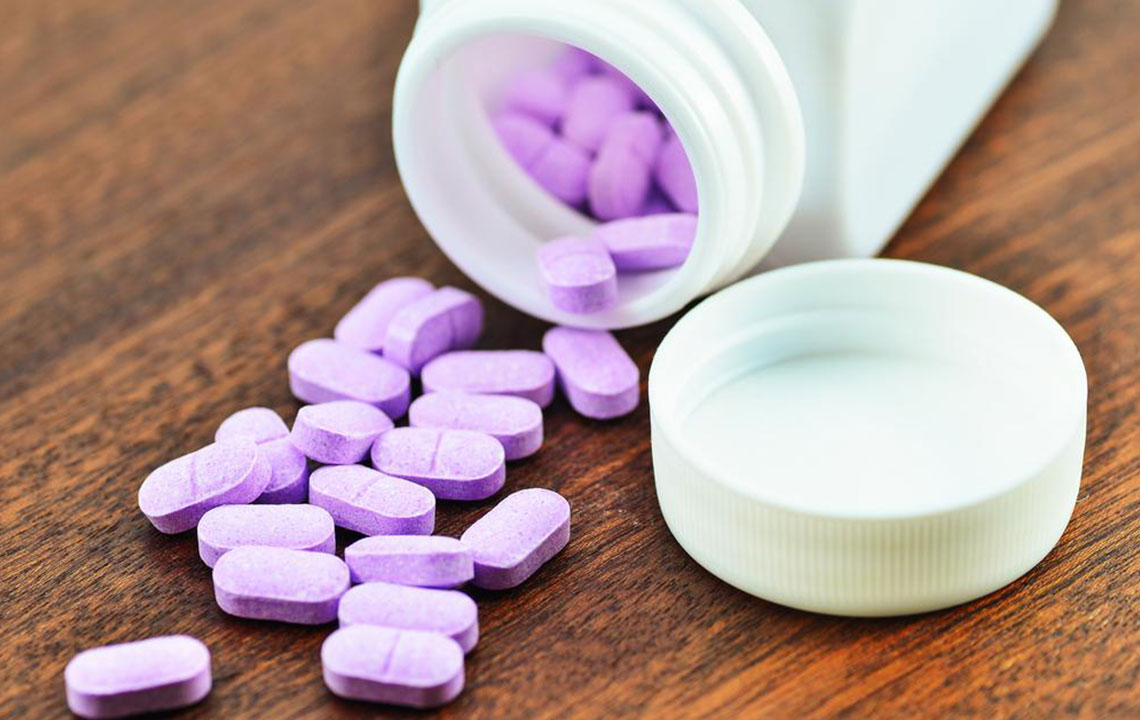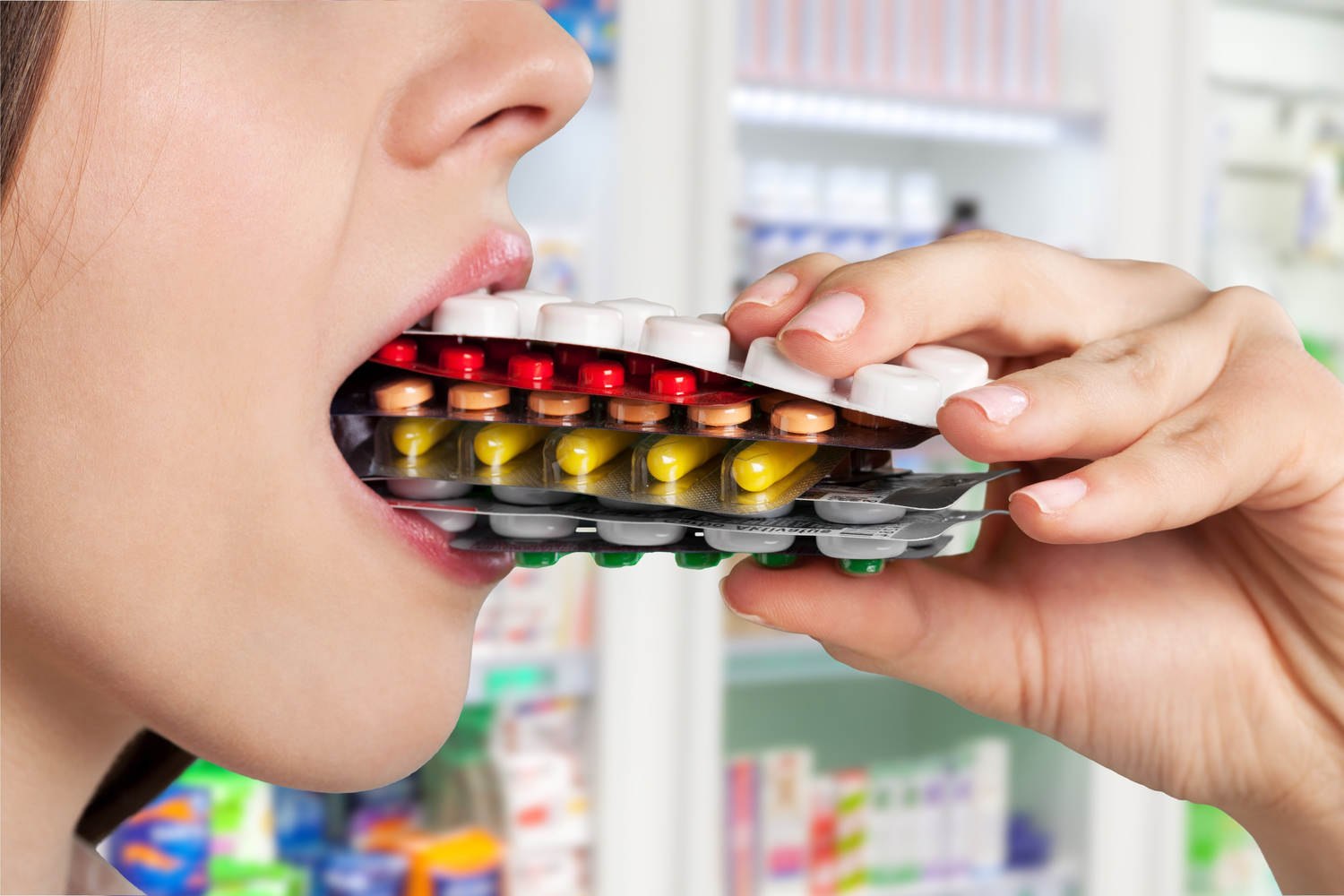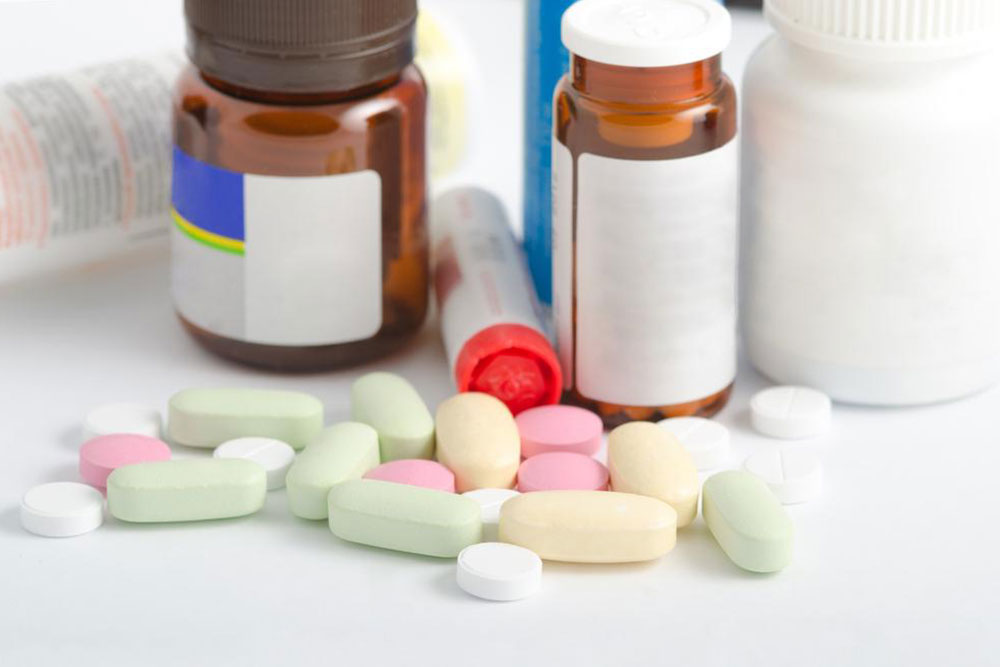Understanding Addiction: Stages, Detection, and Prevention Strategies
This article explores the stages, diagnosis, and prevention of addiction. It highlights how addiction develops from experimentation to dependency, discusses signs to watch for, and emphasizes early intervention and avoidance strategies to prevent addiction, especially in youth. Understanding these aspects can aid in timely treatment and prevention efforts to mitigate complex physical, emotional, and financial consequences.
Sponsored

Addiction involves core elements such as reward, motivation, and memory. It occurs when the body develops an obsessive craving for a specific behavior or substance, often disregarding its harmful consequences.
Key indicators of addiction
Signs include an inability to avoid the substance or behavior, diminished self-control, intense desire, neglect of potential problems, and emotional indifference.
Addictions can disrupt daily routines and may lead to relapse or remission. The consequences are often physical, emotional, and financial.
The five stages of addiction
Experimentation
This initial stage involves trying a substance or engaging in a behavior without awareness of the risk of developing an addiction. Factors such as curiosity and peer influence often trigger experimentation. Monitoring the frequency and reasons for trying new substances can shed light on future risks.
Regular use
At this stage, the behavior or substance becomes part of daily life. While occasional breaks may occur, regular use persists, raising concerns over dependency.
Risky use
Defined by the potential danger, this stage can be subjective. The user may be unaware of the risks, while others observe behavioral changes indicating a problem.
Dependence
Both mental and physical reliance develop, leading to significant behavioral shifts. Medical intervention becomes necessary to manage dependence.
Addiction
The final stage where professional treatment is essential for recovery.
Diagnosing addiction
Diagnosis often begins with concern from loved ones or self-awareness, sometimes requiring intervention. Medical assessments involve questions about usage frequency, social impacts, withdrawal symptoms, and physical health checks to confirm addiction and determine treatment needs.
Preventive measures against addiction
Early prevention is crucial. Avoiding early use—especially before brain maturity—significantly reduces addiction risks. For teenagers, avoiding caregiver-initiated substance exposure, childhood trauma, and social disconnection is vital. Addressing these factors promptly can prevent initiation and progression of addiction.






